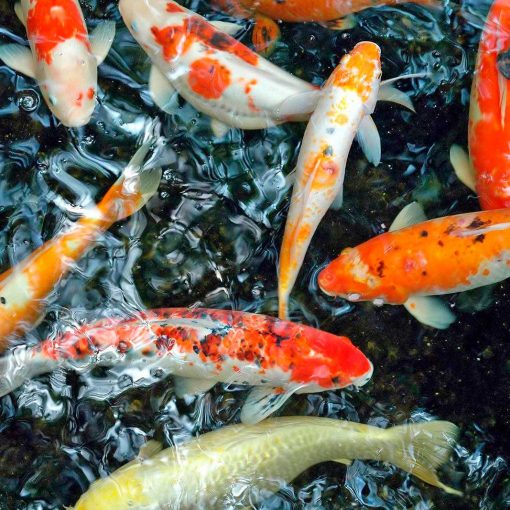Aomori Prefecture is located in the north of Honshu Island in the Tohoku region. Its center is located in the city of the same name. The economic base is agricultural production. Huge areas are occupied by apple orchards. The prefecture is notable for the mountains of Shirakami, which were once included in the UNESCO list. In addition, in the local territories there is Lake Towada of volcanic origin and the Hakkoda ridge.
The archaeological sites of Aomori include the ancient site of Sannai-Maruyama, on the territory of which a settlement was located in the Neolithic era. From the medieval period, Hirosaki Castle has been preserved, from which only ruins remain. Once the object was a powerful structure.
The modern prefecture is conditionally divided into three zones. The first of them is the political and administrative center of Aomori, the second is the cultural and historical district of Hirosaki. The third zone includes the industrial and economic center of Hachinohe. The territory of Aomori occupies the northern tip of the island of Honshu. Its northern outskirts are separated from the island of Hokkaido by the Sangar Strait. To the south, the prefecture adjoins the similar administrative divisions of Iwate and Akita. The east coast of Aomori is washed by the waters of the Pacific Ocean, the west by the Sea of Japan.
The territory of the prefecture is located in an area with a predominantly mountainous terrain. In the center is the mountain height of Ou, stretching from north to south. About 70% of the territory of Aomori is covered by forests. The highest is Mount Iwaki (1625 meters). On the border with Akita Prefecture, Lake Towada is located.
The lands of the current prefecture were inhabited as early as the Paleolithic era. Its area was crossed by the northern route, along which primitive people migrated from the mainland to Japan. On the territory of the prefecture there are archaeological sites – ancient sites and settlements, in particular Kamegaoka and Sannay-Maruyama. Until the 11th century, the lands of the current province belonged to the Emishi tribes. Later they were conquered by the Japanese state of Yamato.
Today, modern Aomori is the leader in the apple market in Japan. In the south of the prefecture, livestock breeding is developed and enterprises for the production of mineral fertilizers operate. In addition to the famous apple varieties, garlic, Chinese yam and burdock are grown here.
The Art of Illumination at Wa Rasse

As you exit Aomori Station and head left towards the sea, you will notice an impressive red building. This is the “House of Nebuta Wa Rasse”. The colorful nebuta carts used in the festival of the same name were previously destroyed after it ended, and it was impossible to see them again. Now, in “Va Rasse” every year several wagons are exhibited, awarded prizes in the previous year.
To complete the impression, the exposition hall recreates the atmosphere of a festive night, and the view of the illuminated figures in the twilight allows you to feel the magnificence of the holiday. In “Wa Rasse” the features of the art of various masters who create figures are explained, and there you can learn about the history and modernity of the Nebuta festival.
Even closer to the sea you can see a triangular building, its shape reminds us of the pyramids. This is ASPAM, the Prefectural Center for Local Products and Tourism. It collects information about the products and tourist attractions of the prefecture, and from the observation deck, located on the 13th floor of the building, overlooks the port of Aomori. During the weekend that falls at the beginning of May, the “Nebuta village” grows around this building, consisting of hangars, where festive carts are created for the summer holiday.
After receiving information and admiring the views in the tourist center, you can go for a bite to eat. We will present three restaurants where you can enjoy the taste of local cuisine during the Nebuta festival.
Milk ramen with miso and curry
One of the local favorites is the miso curry milk ramen (miso-kare-gunyu ramen) at Aji no Sapporo Onishi. The name refers to the city of Sapporo in Hokkaido because Onishi Fumio, the owner of the restaurant he opened in the early 1970s, was born in Hokkaido. He invented the recipe for this dish together with his teacher and predecessor, Sato Kiyoshi. In Aomori, with its abundance of seafood, ramen with soy sauce made with dried seafood broth is popular, while thick and fatty Sapporo-style ramen was not popular.
However, among the students who prefer hearty dishes, the news about this restaurant spread, and everything that was on the menu was added to the recipe – miso, curry, milk and other products. Thus, “milk ramen with miso and curry” was born. Onishi says that he tried to order this dish in Sapporo, but he was not understood and even surprised, so this ramen can only be tasted in Aomori.




